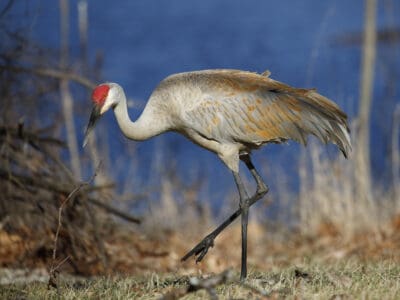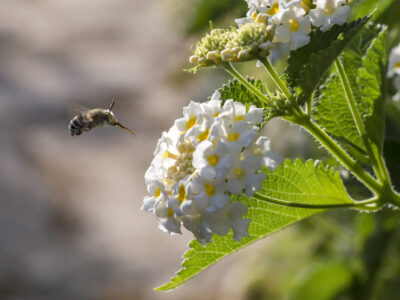North Dakota is a midwestern state that borders Minnesota, Montana, and South Dakota. With a population of about 780,000, it is one of the least populous states in the U.S.
North Dakota has three main geographic regions. The Red River Valley in the eastern part of the state is home to acres of rich farmland. The drift prairie sits at a higher elevation and includes large expanses of grassland. The Missouri Plateau in the western part of the state is a mountainous region that borders Montana.
The state has only a few forested areas. It has prairies, wetlands, rivers, floodplain forests, and the dry stretches of land known as the Badlands. Its landlocked location in the center of the North American continent gives it a continental climate, which is characterized by long, frigid winters and short, fiercely hot summers.
This environment means there are many wild animals roaming the state. People in North Dakota are used to seeing moose and bison crossing the roads. The grasslands and forested areas are home to white-tailed deer, ferrets, beavers, and raccoons.
Its chief predators include the red fox, mountain lion, and swift fox (Vulpes velox). Bighorn sheep and elk roam the hills and prairies. Its rodents include the arctic shrew (Sorex arcticus), beaver and black-tailed prairie dog (Cynomys ludovicianus). North Dakota is an important breeding ground for many waterfowl. North Dakota has many large lakes and wetland areas, and they’re home to shorebirds like the long-billed curlew (Numenius americanus), marbled godwit (Limosa fedoa) and piping plover (Charadrius melodus circumcinctus).
The Official Animal of North Dakota
Most states have mammals as their state animals, but North Dakota has a bird. Its official state bird is the western meadowlark (Sturnella neglecta). This lovely songbird has gray feathers and a bright yellow chest. Western meadowlarks live in many western states, including Texas and Wisconsin.
North Dakota also has an honorary state equine, which is the Nokota horse. This historically significant wild horse is descended from the last surviving population of wild horses in North Dakota. Nokota horses almost became extinct, but conservation efforts have helped preserve them. The Nokota Horse Conservancy is the primary group that protects these endangered horses.
Where To Find the Top Wild Animals in North Dakota
North Dakota is a dream destination for any wildlife watcher. With low population density and vast, open spaces, it’s easy to see bison, antelopes and other large ungulates everywhere.
North Dakota has 63 wildlife refuges, which is more than any other state. Chase Lake National Wildlife Refuge, established in 1908, was one of the first wildlife refuges in the country. It is a breeding ground for the native American white pelican.
Lostwood National Wildlife Refuge and Arrowwood National Wildlife Refuge combine grass prairies and wetlands areas. They are wonderful places to spot ducks, grebes and other waterfowl.
Theodore Roosevelt National Park is a protected area where you can see wild horses, coyotes, bobcats, rodents and mule deer.
The Most Dangerous Animals In North Dakota Today
Bison roam free in North Dakota, and they frequently cross major roads in herds. If a person or car appears to be threatening, they can become aggressive and dangerous. It’s smart to keep them at a respectful distance.
The state has one native venomous snake, which is the prairie rattlesnake. These pit vipers mostly live in the western half of the state. These dangerous snakes hide in the tall grass and will attack if they feel threatened, so hikers should be wary.
Endangered and Extinct Animals in North Dakota
Despite the abundance of wildlife, North Dakota has a high number of mammals, fish and reptiles on the endangered list. Among these, the state has made it a priority to protect the following species:
- Townsend’s big-eared bat (Corynorhinus townsendii)
- American white pelican (Pelecanus erythrorhynchos)
- Piping plover (Charadrius melodus)
- Swift fox (Vulpes velox)
- Eastern spotted skunk (Spilogate puforius)
- River otter (Lontra canadensis)
- Dakota skipper, a native butterfly (Hesperia dacotae)
- Merriam’s shrew (Sorex merriami)
Some animals, including river otters and peregrine falcons, almost became extinct in the state. Conservation efforts have helped restore their populations.
Wide Open Spaces
North Dakota is a wonderful place to see wildlife. The state’s prairies, grasslands and hills are home to many strange and wonderful wild animals. The many protected areas are excellent for birding and wildlife watching.
Other Animals in North Dakota
Many species of spiders can be found in North Dakota. Read about spiders in North Dakota. Also, read about the species of ticks that can be found in North Dakota.
Native Plants in North Dakota
North Dakota has an incredibly frigid climate, which may not lend itself to the most diverse selection of plants and flowers. However, it’s actually home to a variety of beautiful greenery — brilliantly colored blooms and lush, vibrant greenery. From bright pink milkweed to thick green ferns, North Dakota is home to a rich variety of flora.
More Articles Related to North Dakota
Read about:
- Extinct Animals That Lived in North Dakota
- the Coldest Place in North Dakota
- the Best Camping in North Dakota
- 8 Native Plants in North Dakota
- Discover the 4 Official State Animals of North Dakota
North Dakotan Animals

Admiral Butterfly
Stunningly beautiful wings

Archelon Turtle
Archelons are the largest turtles to have ever lived in the world

Armyworm
They are so named because they "march" in armies of worms from one crop to another in search of food

Beewolf wasp
They hunt bees

Common Yellowthroat
The Common Yellowthroat stays close to the ground and uses stealth to survive!
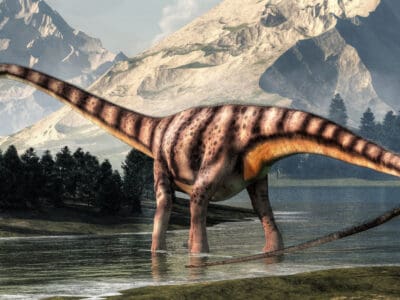
Diplodocus
Their long tales could have been used as a whip!

Flea
Adult fleas can jump up to 7 inches in the air
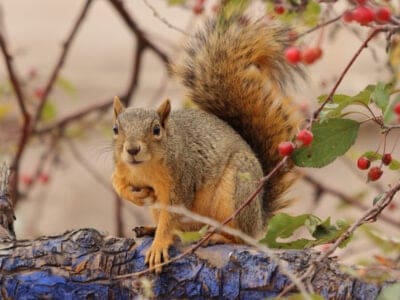
Fox Squirrel
Although it is a tree squirrel, it spends most of its time on the ground.

Green Snake
There are two types of green snakes: smooth green snakes and rough green snakes

Groundhog (Woodchuck)
They whistle to each other to warn of approaching danger!

Mealybug
They have a symbiotic relationship with ants.

Mockingbird
Mockingbirds are incredible mimics that can learn hundreds of songs!

Nematode
Nematodes range in size from 1/10 of an inch to 28 feet long

Orb Weaver
Females are about four times the size of males

Owl
The owl can rotate its head some 270 degrees
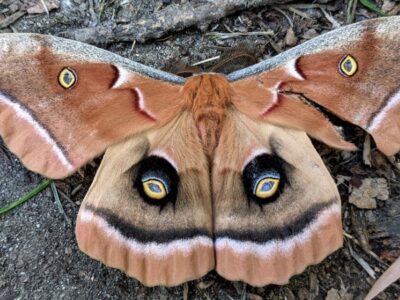
Polyphemus Moth
The Polyphemus moth doesn’t and can't eat, except when it's a caterpillar!

Rat Snakes
Rat snakes are constrictors from the Colubridae family of snakes.

Rooster
Will mate with the entire flock!

Smallmouth Bass
A fierce fighter!

Smokybrown Cockroach
Has up to 45 eggs per egg case

Tree Cricket
They make music with their wings
North Dakotan Animals List
- Admiral Butterfly
- Archelon Turtle
- Armyworm
- Beewolf wasp
- Common Yellowthroat
- Diplodocus
- Flea
- Fox Squirrel
- Green Snake
- Groundhog (Woodchuck)
- Mealybug
- Milk Snake
- Mockingbird
- Nematode
- Orb Weaver
- Owl
- Polyphemus Moth
- Rat Snakes
- Rooster
- Sandhill Crane
- Smallmouth Bass
- Smokybrown Cockroach
- Southeastern Blueberry Bee
- Swallowtail Butterfly
- Tree Cricket
Animals in North Dakota FAQs (Frequently Asked Questions)
What Animals Live in North Dakota?
Although many people think of North Dakota as a frozen tundra, it has a varied topography with wetlands and mixed grass prairies.
Animals that thrive in open grasslands, wetlands and cold climates are the most common animals you’ll find in North Dakota. You can spot snowy owls, eagles, elk, mountain lions and a wide variety of rodents.
The wetlands areas are home to waterfowl, river otters, beavers, reptiles and amphibians. One of its strange native reptiles is the northern leopard frog.
Are There Wolves in North Dakota?
It may seem strange, but North Dakota does not have resident gray wolves. It has what’s known as an incidental population. North Dakota borders the Western Great Lakes Population Segment, which is a group of gray wolves living in Minnesota, Wisconsin and Michigan. Occasionally, these wolves cross the border into North Dakota.
Are There Any Moose in North Dakota?
There are many moose in North Dakota. They are not the only ungulates in the state. North Dakota also has elk, bighorn sheep, bison, pronghorn, mule deer and white-tailed deer.
How Many Animals Are in North Dakota?
North Dakota has many native species, including:
- 87 species of mammals.
- 375 bird species.
- 28 species of amphibians and reptiles.
- Almost 2 million cattle animals.




